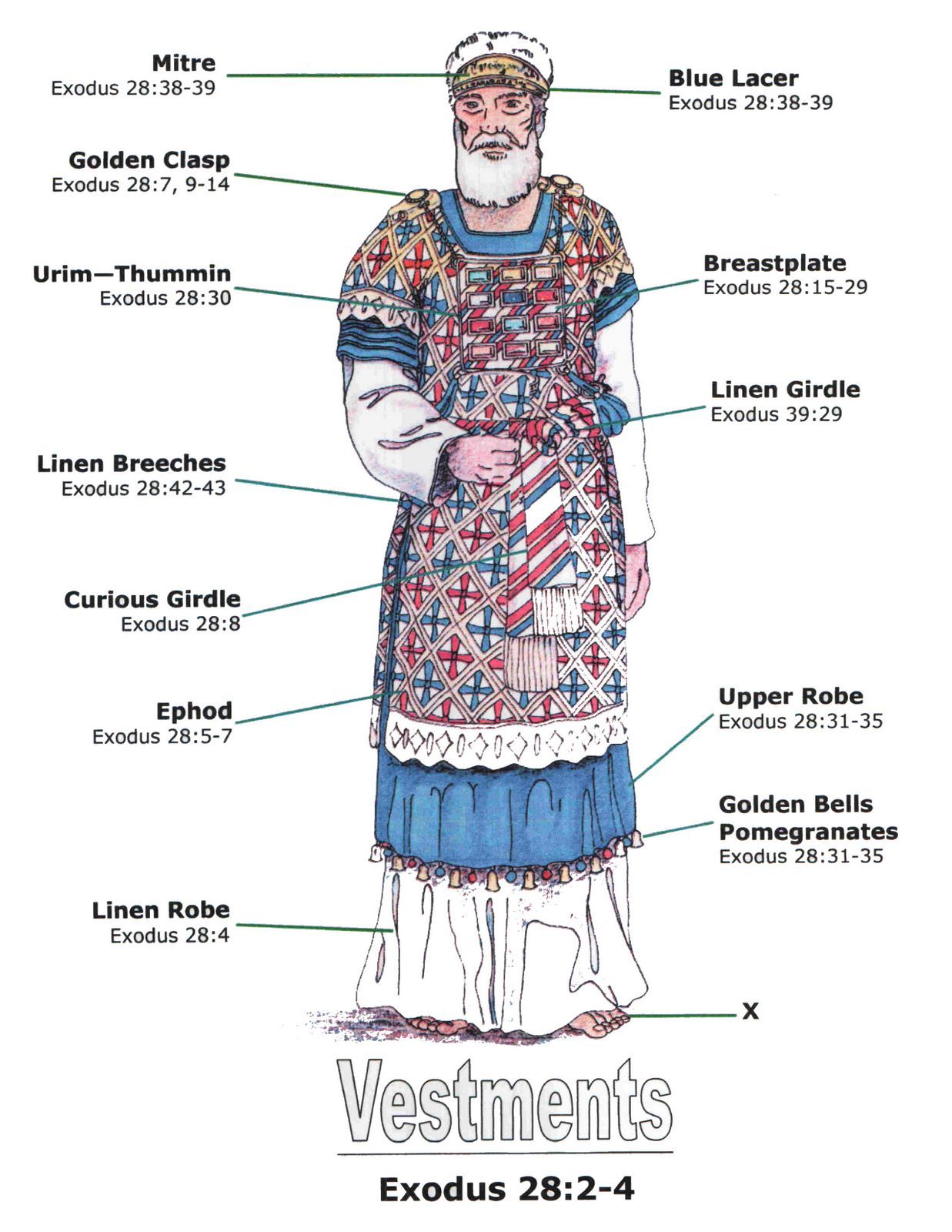The Order of Melchisedek 14 - Codified Love #2
June 19, 2021
THE ORDER OF MELCHISEDEK – 14
Codified Love #2
To the right and to the left of the breastplate were two stones of greater brilliance than the twelve gems, called the Urim and the Thummim. The word Urim starts with aleph. This is the first letter of Hebrew alphabet. In Greek the first letter is alpha. Thummim starts with tau. This the last in the Hebrew alphabet and corresponds with the Greek last letter omega. The Urim and the Thummim represent the aleph and the tau. If you were depicting this idea in Greek, you would say alpha and omega or the beginning and the end.
We can express every thought within the compass of the 26 letters of our alphabet. So, the aleph to the tau; the alpha and omega; the A to Z represents the vehicle for expressing each human thought. Jesus says, “I am the alpha and the omega.” Within the compass of Jesus Christ, the Father expresses every thought that He wishes for mankind, Jesus is the Word. He is God’s thought made audible, made visible, made tangible, made apprehensible, made incarnate.
Have you ever bought some gadget at the store and gone home and opened the package to read the directions? Have you ever become more confused as to how to work it than you were before reading the directions? But, then, you get someone who has worked the device and he shows you how to do it. He puts those directions into practice. Now you can work the gadget, too! That is what Jesus did with God’s directions for right living. He took all the rules that man needs in order to get out of this world alive and sit on God’s throne, and He put them into practice. He is the Word incarnate, the Word made human. The theoretical directions are in the Bible. Jesus took all those directions and lived them as our example. He is the alpha and the omega, He is the A to the Z, He is the aleph to the tau. The Urim and the Thummim were vehicles through which God revealed His will to Israel of old.
